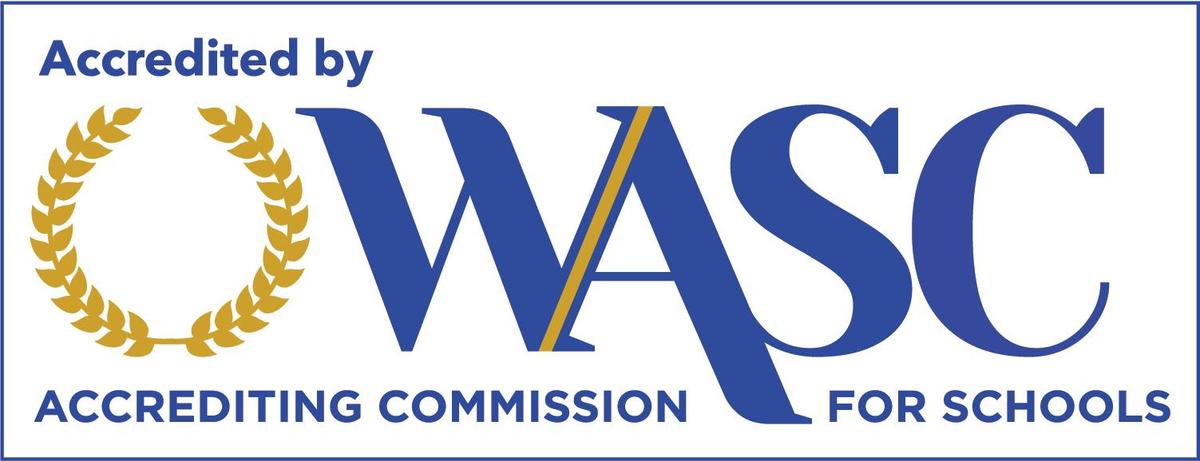WASC Accreditation

All high schools and colleges undergo an accreditation process under the auspices of the Western Association of Schools and Colleges (WASC). WASC accreditation is an ongoing cycle of inquiry whereby schools demonstrate the capacity, commitment and competence to support high-quality student learning and ongoing school improvement.
During this cycle, Leigh compiles a self-study report which examines and evaluates Leigh's entire academic and extra-curricular program, and includes an action plan with measurable goals that our school works toward completing. A WASC Visiting Committee validates the contents of the self-study report and writes a Visiting Committee Report with their observations. The committee then makes a confidential recommendation to the WASC Commission about Leigh's accreditation status.
Leigh has been fully accredited since its opening. After our 2023 accreditation visit, we were awarded the highest accreditation status from the WASC Commission.
Learn More About WASC
What is accreditation?
What is Leigh High School’s current accreditation status?
What is the Western Association of Schools and Colleges (WASC)?
What criteria does WASC use to evaluate schools?
What is the process like?
What is an accreditation status?
Leigh High School Self-Study Reports
Self-Study Reports from prior years: 2008-2017
WASC Visiting Committee Reports
WASC Visiting Committee Reports from prior years: 2008-2017
